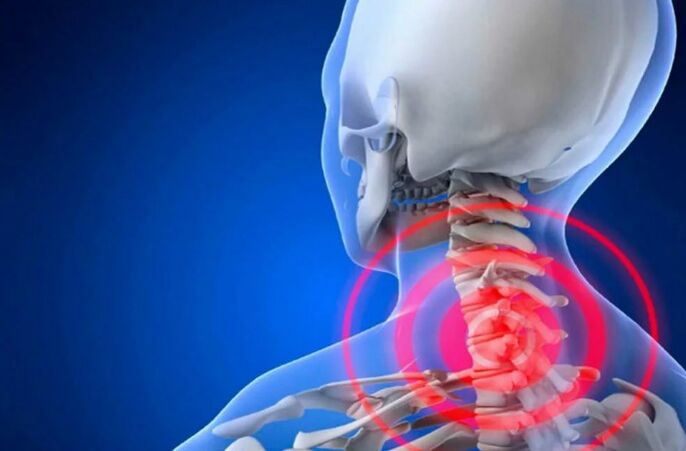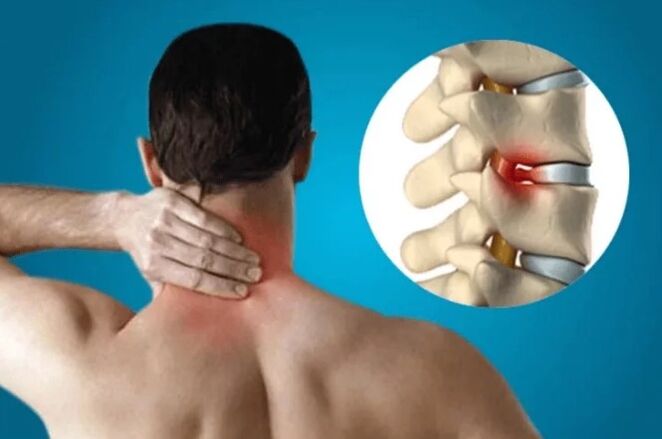Cervical spine osteochondrosis occurs due to pathological changes in intervertebral discs. They weaken, become thinner, lose flexibility, eliminate the protection of the vertebrae from injuries and lose proper mobility. The main risk of osteochondrosis of the cervix is that the disease affects the nerve endings of the spine because it is violated by the blood supply to the brain.
Types and classification
Several stages of osteochondrosis of the cervix can be distinguished:
- First: Initial changes in the cartilage tissue of the intervertebral disk;
- Second, the beginning of the plate thinning, the decrease in the distance between the vertebrae;
- Third: the destruction of the disc, the beginning of the deformation of the spine;
- Fourth: strong deformation of the spine.
Reasons
The main cause of osteochondrosis of the cervix lies in the structure of the spine. All the vertebrae here are shifted tight and easily, even with smaller loads.
Given how much the cervix is moving, it is not surprising that the disease is so widespread.
Provokes the beginning of the disease:
- congenital anatomical characteristics (osteochondrosis is more common in long -neck people);
- violation of the digestibility of minerals;
- hormonal differences;
- Lack of muscle lining sufficient in the neck and shoulders;
- Hypodynamia;
- cervical injuries;
- hypothermia;
- posture disorders;
- Overweight.

Symptoms
- The first symptom of osteochondrosis of the cervix is often headache. It can be very strong, flowing like migraine, dizziness and crazy house.
- The appearance of "flies", dark spots, clouds in front of the eyes and a decrease in vision.
- Cervical pain with this disease leads to the back of the head, forehead, ears and increases when the position of the head changes.
- Manual numbness is often detected.
- There is noise in the ear, hearing loss.
- Violation of movement coordination and fainting may occur.
Diagnosis
To identify osteochondrosis of the cervical spine:
- radiography that determines the condition of the vertebrae;
- Computer tomography to identify disk damage;
- Dopplerography that sets the abnormalities of blood flow;
- Duplex scanning that shows the condition of the blood vessels.
Treatment
As a rescue of cervical osteochondrosis, analgesics and anti -inflammatory drugs are required. Depending on the strength of the pain syndrome, local drugs (ointments and gels), tablets or injections are used.

Also appointed:
- Vitamin Therapy (Vitamins of Group B);
- drugs that alleviate muscle spasms,
- Chondroprotector;
- physiotherapy procedures (electrophoresis, paraffin, magnetic therapy and others);
- medical gymnastics;
- Massage and self -massage.






















